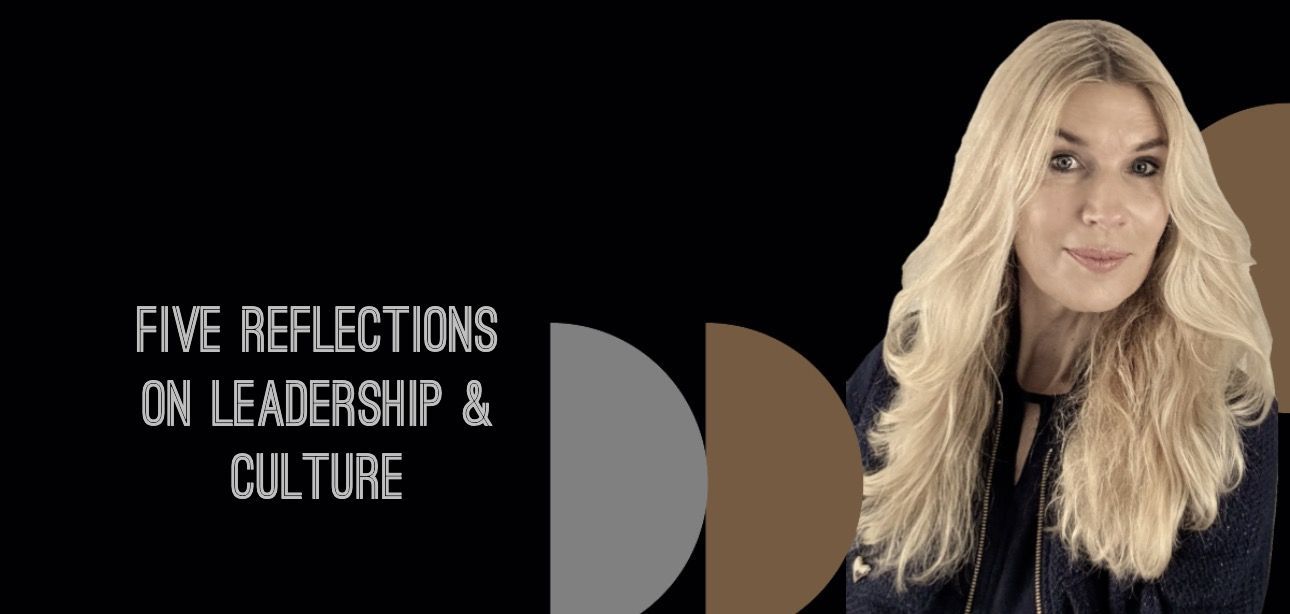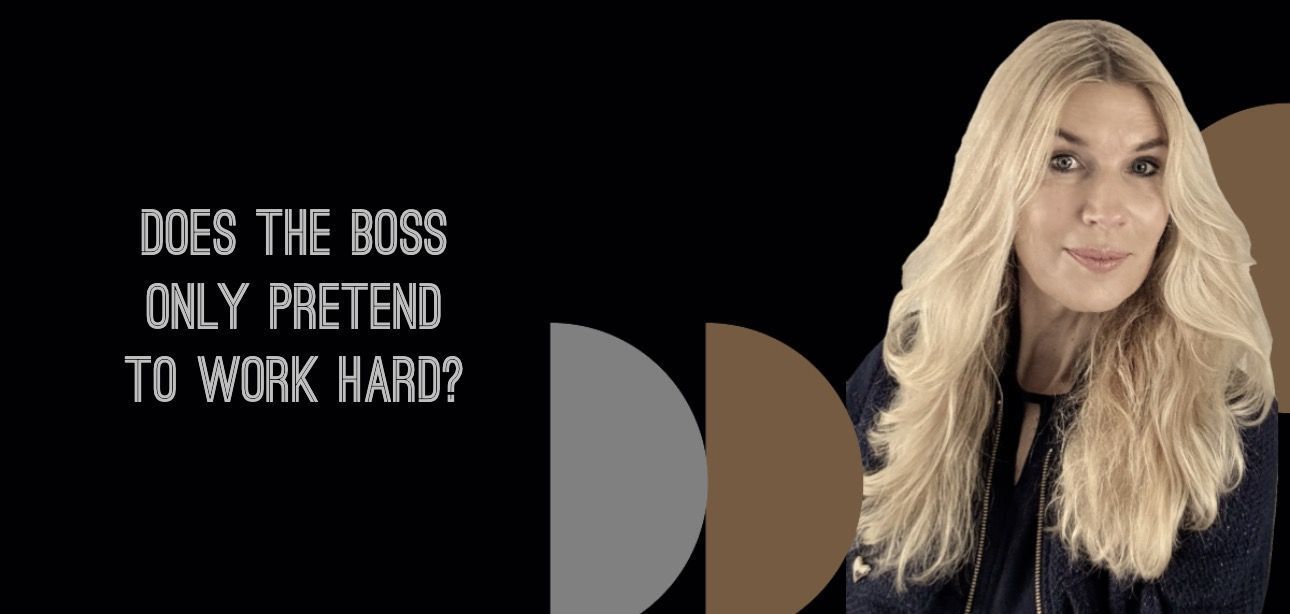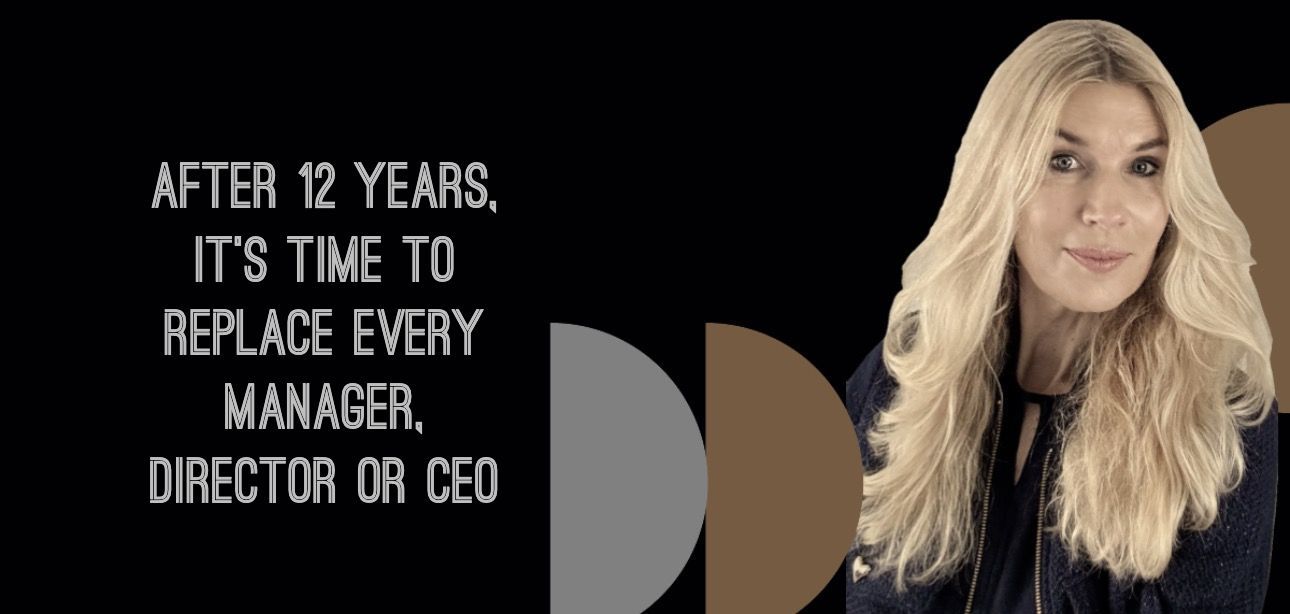Ineke Kooistra -column written for MTSprout
Almost twenty years ago, I was studying in Lausanne. For certain subjects, we were paired with personal coaches who closely monitored and assessed us based on our leadership style. Role plays, assessments, feedback sessions – the whole package.
One thing that stood out to me was that my leadership style didn’t fit the typical CEO mould. In fact, my strength lay (and still lies) in gathering the right people around me to achieve the best results together.
The stereotype of the visionary CEO
To my surprise, this made the coaches think. My style wasn’t what they were used to, but it was effective. This experience taught me that there are many paths to ‘good’ leadership. Why should there only be one type of CEO? Does every CEO really need to be a visionary, as the profile so often dictates?
I’ve always found it challenging to place leaders into boxes. Leadership is about setting a clear mission, and then finding someone with the right skills at that moment to fulfil it – often meaning you must define the duration in advance to ensure clarity on both sides.
What still surprises me, nearly two decades later, is that this 'visionary leadership' continues to appear in many CEO job descriptions, as if that’s the only profile every organisation should be looking for.
Effective leadership comes in many forms
But let’s be honest: the majority of CEOs I know are not those visionary types you often see in job ads. They do exist, but they are rare, and more importantly: they are not always necessary. A company often benefits more from a CEO who knows how to help others thrive, rather than one who always seeks to be the grand visionary.
As a CEO, you don’t need to be the person constantly coming up with the biggest ideas. What you do need to do is ensure you surround yourself with the right people who do. Those true visionaries within your organisation, who can drive innovation and change.
Your task is to identify these visionaries, give them the space and platform they need, and support them, ensuring they have the trust and resources to bring their ideas to life. As a CEO, you are the catalyst for their success.
The CEO as a facilitator of talent
This requires a certain type of leadership. Visionaries are often not people who fit into a rigid mould. They need the freedom to experiment, to fail, and to learn. And yes, they need to be rewarded differently.
It’s strange that we still cling to rigid reward structures where everyone is paid according to fixed scales. Why should someone who shapes the future of your company – often not someone in the executive team – earn the same as someone who ‘just’ does their job?
Visionaries deserve more responsibility, more freedom, and yes, a higher reward. You need to not only financially incentivise them but also give them the space to grow and make an impact. This is the foundation they need.
Growing and letting go
If, at some point, those visionaries decide they want to spread their wings, that’s actually a compliment to your leadership. They’ve been given the space to learn and grow, and now they want to take the next step. Encourage that!
Perhaps there will come a time when you work together again, but the fact that you helped them realise their potential and that they’ve been of great value to your company is already a huge success.
The role of a leader, therefore, is not to be the visionary, but to recognise, acknowledge, and support the visionaries within your organisation. They are not a threat, but a tremendous asset. It’s bold, it takes courage, but often, it’s best for the company.
It will also encourage others to look at both the company and you with a fresh perspective. Be the catalyst for their ideas and give them the space they deserve. Because while you may lead the company, the future of your organisation lies in the hands of these individuals. They are the ones who will push boundaries, as long as you give them the opportunity to do so.
Delen
Ineke Kooistra Blog & Articles










